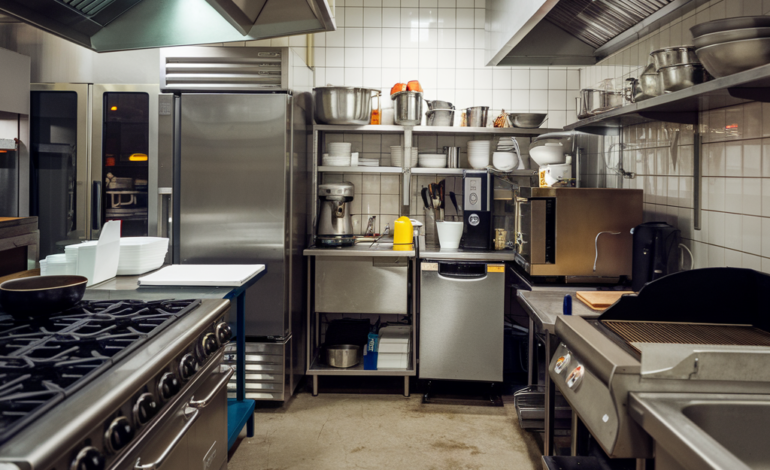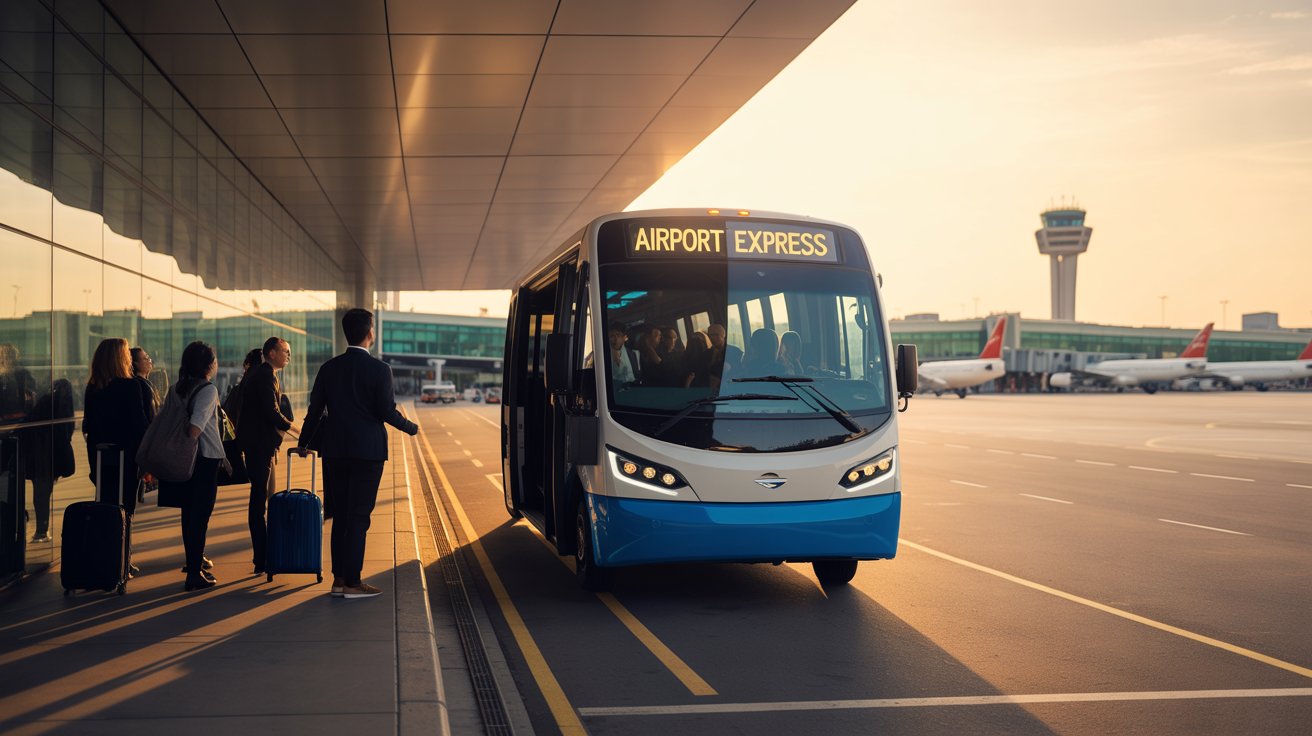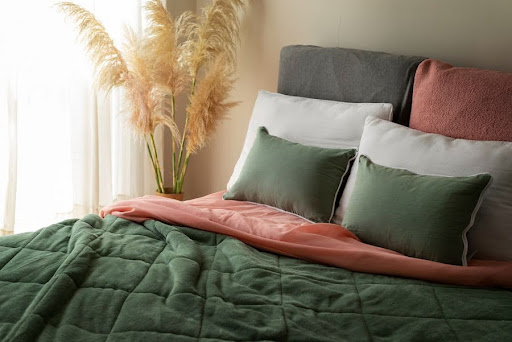What to Look for When Upgrading Your Catering Equipment?

Introduction
One of the most crucial investments you might make as owner of a catering company is upgrading your equipment. Choosing the correct catering equipment will help you improve productivity, food quality, safety, and general client happiness whether your operations are growing, your menu is being expanded, or you just need to replace out-dated equipment. The main factors you should take into account while replacing your catering equipment will be discussed in this article so that you make wise choices that will help your company down the road.
Factors to Consider When Upgrading Catering Equipment
Assessing Your Business Needs
You should assess your present operations and ascertain what your company requires before starting purchasing from catering equipment suppliers. Every catering company runs differently, hence a smart update depends on knowing your particular needs.
Understanding Your Budget
Setting a clear budget is absolutely vital and upgrading culinary equipment may be a significant financial outlay. Purchasing top-of- the-line equipment might be enticing, but it’s crucial to weigh cost-effectiveness with quality. Finding your budget and dividing it into categories—kitchen appliances, refrigerators, smallwares, etc.— will help you stay from overpaying.
Remember that brand, features, and quality will all affect the vast variety of prices catering equipment comes in. High-use or highly specialised equipment may require more spending, although for less important instruments there are usually reasonably priced alternatives. If upfront expenses are too great, also take into account any possible financing choices including leasing or payback schedules.
Durability and Build Quality
Durability and build quality of your catering equipment are among the most crucial things to give top thought while replacing it. Reliable, long-lasting equipment that can resist the stresses of high-volume cooking and service is needed in catering companies. Designed for heavy-duty use, commercial-grade equipment will be engineered to endure significantly longer than household choices.
Search for tools constructed from premium materials, including stainless steel. Which is renowned for its strength, rust resistance, and simplicity of cleaning. For instance, stainless steel work tables, stoves, freezers, and grills not only guarantee longevity but also satisfy the rigorous hygienic requirements demanded in the catering sector. Make sure the equipment you are looking at is meant for continuous usage as less expensive models might wear out rapidly and need regular repairs.
Energy Efficiency
Another important consideration while updating catering equipment is energy efficiency, particularly in view of growing environmental consciousness and rising energy expenses. Energy-efficient equipment not only lowers your running expenses but also helps you reach sustainability targets. Which might appeal to clientele that care about the environment.
When considering appliances including dishwashers, refrigerators, and ovens, seek for energy efficiency certifications including the ENERGY STAR mark. These certificates show that the equipment satisfies particular energy-saving criteria by means of testing. Although energy-efficient equipment may have a greater starting cost, over time the savings in energy bills usually make it a wise investment.
Space and Layout Considerations
Your choice should be based on the space in your kitchen and the general layout. Effective space design guarantees that your kitchen runs without problems and that all equipment fits comfortably so staff members may move around without restriction.
Measure your kitchen and create a list of the spaces that would allow every item of equipment you intend to purchase. Consider ventilation and clearance space around some appliances, including freezers or ovens. Which depend on appropriate airflow to run effectively and safely. To maximize space, several tools can also be combined or piled into current kitchen furniture.
Versatility and Multi-Functionality
Investing in flexible equipment that can be used for several purposes is a wise decision as the requirements of catering might differ depending on the event. Since it can replace several specialist devices, multi-functional equipment allows you to save both space and money.
A combination oven may be able to steam, bake, and roast, for instance, therefore removing the need for other equipment. In the same vein, a food processor with various attachments can manage cutting, slicing, mixing, and grating. Therefore saving the need for several separate instruments.
Health, Safety, and Hygiene Compliance
Compliance with health and safety should first concern you while updating your catering equipment. Maintaining high standards of cleanliness is absolutely essential in the food service sector to guarantee food safety and satisfy legal criteria. Every piece of equipment has to follow local safety rules and health codes.
Search for easily sanitising and cleaning tools. Because it is non-porous, antimicrobial, and simple to clean, stainless steel is a common component for catering equipment. Make sure surfaces are smooth and devoid of any places food or germs may find refuge.
Conclusion
A big expenditure that may greatly affect the effectiveness, quality, and success of your catering company is upgrading the catering equipment. Investing time to evaluate your company needs, create a realistic budget, and weigh durability, energy economy, space, adaptability, and safety can help you to make sure your new equipment will satisfy your needs and offer a good return on investment.









